The Principality of Liechtenstein, the microstate between Switzerland and Austria, was formed within the Holy Roman Empire in 1719 and gained its independence from the German Confederation in 1866, having been a member since 1815.
The banner of the Princely House, a 3:5 proportioned flag with two horizontal bands (gold above red) was used as the national flag from Liechtenstein’s creation until 1852, when red and blue, the colours of Prince Joseph Wenzel I (reigns: 1712-18, 1732-45 and 1748-72), were adopted and the horizontal bands replaced by vertical ones.
This was the Principality’s flag until October 1921 when the design was rotated 90˚ anticlockwise in accordance with the nation’s constitution, thus granting it ‘official’ status. This was also the year Liechtenstein adopted Swiss currency, two years after Switzerland replaced Austria as Liechtenstein’s representative abroad after the fall of the Hapsburg monarchy.
Liechtenstein’s flag’s most notable feature is the gold crown in its Canton, but it has so far yet to appear in this article’s text. That is because it was added after what must have been a rather awkward moment at the 1936 Olympic Games in Berlin.
One flag for two nations
The Berlin Olympics saw Liechtenstein make its debut appearance in the Summer Games, having made its Winter Games debut in Garmisch-Partenkirchen early that year. At the Berlin Opening Ceremony it was spotted that Liechtenstein’s and Haiti’s flags were absolutely identical.
Fortunately for those in charge of medal ceremonies, Haiti’s only athlete withdrew prior to their event and none of Liechtenstein’s six athletes won medals.
To ensure their flags could be told apart in future, Liechtenstein added the now familiar crown on 24th June 1937. At the unveiling of the updated flag Prime Minister Josef Hoop (1895-1959) clarified the symbolic meaning for each colour: blue represented the sky, red the embers in a fireplace during evening gatherings, and the gold crown represented the unified heart and spirit of the people, the Princely House and Liechtenstein itself.
Saddam’s Plane
In late February 2004 Liechtenstein’s Financial Intelligence Unit called for a Falcon 50 private jet in Amman, Jordan, to be captured. Said plane carried the flag of Liechtenstein and was registered in Switzerland (the keeper of Liechtenstein’s civil aviation records), yet it belonged to the recently overthrown Saddam Hussein regime in Iraq.
The aircraft was seized in accordance with United Nations Security Council Resolution 1,483 and taken to Basel. The plane was entirely revamped and then returned to Iraq in December 2005. It was the first Iraqi aircraft to be seized following U.N. sanctions to be returned.
Bonus Fact:
Whilst at one point having an identical flag to fellow country, Liechtenstein shares something else with another nation: the music of its national anthem. The melody to Oben am jungen Rhein (Up on the Young Rhine) is identical to God Save The Queen.
Alex Crouch is a 2014 journalism graduate from Southampton Solent University. He has followed Formula One since before he started infant school, was a Games Maker during the London Paralympics and saw Pink Floyd reunite for one song at The O2 in London. Links: Twitter, blog, YouTube. Alex is an accredited Flag Institute journalist.
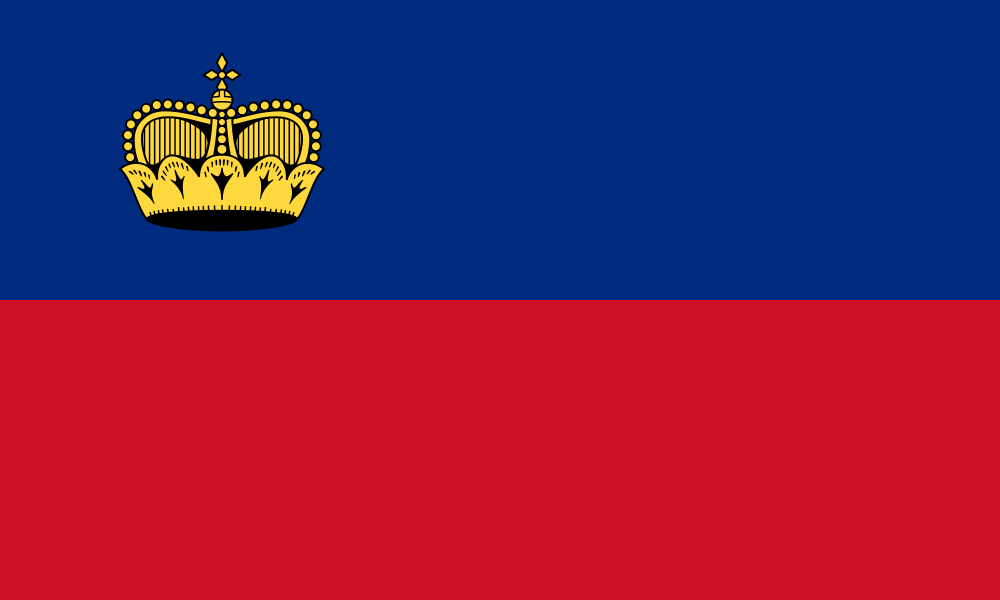


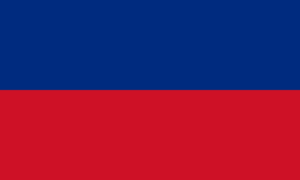
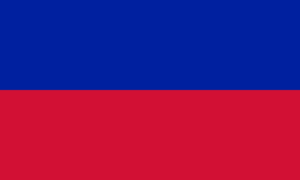

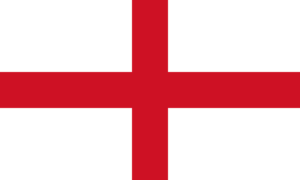
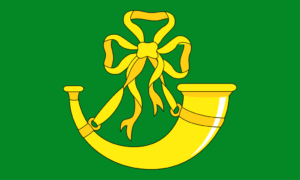
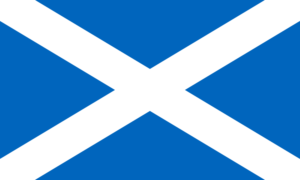
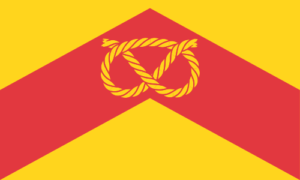
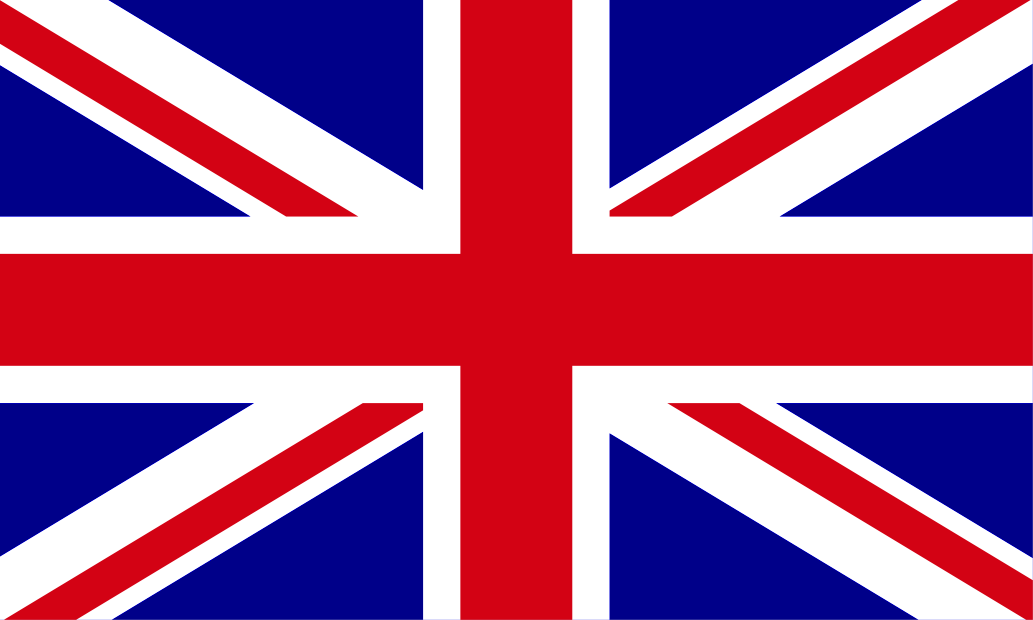
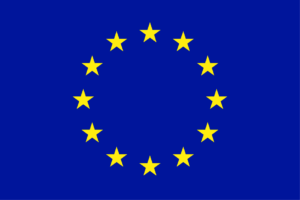
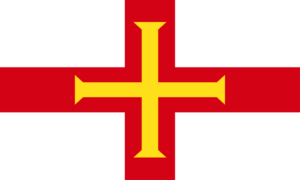
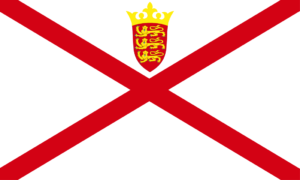

was it not also noticed that in 1936 the Philippine flag has the same order of color (blue top red bottom) form, if were not for the white triangle on the hoist side?
Hello Flag Institute,
You tell “At the Berlin Opening Ceremony it was spotted that Liechtenstein’s and Haiti’s flags were absolutely identical” and that is a fine story but it is not true. At the opening ceremony the flag of Haiti bore a large white panel with the coat of arms, as one can see in the movie. And the one on the stadium also bore the arms.
I have been very busy in reseaching all the flags of the Berlin olympics. In the end I was very dissappointed about the flags that are shown in many internet sites, worst of all is Wikipedia who doesn’t even recognize that Haitit was at the opening, and even “forgets” that Jamaica took part but marched in amongst their British colleages.
I write an article for the German vexillological magazin (DGF) and I will send you a complete English version for publication – if you are interested.
Cordially Ralf Stelter
Institut für Flaggenkunde (Institute for vexillology)
By the way: the anthem was also the German one and of several German states…